Stephen Finlay Archer
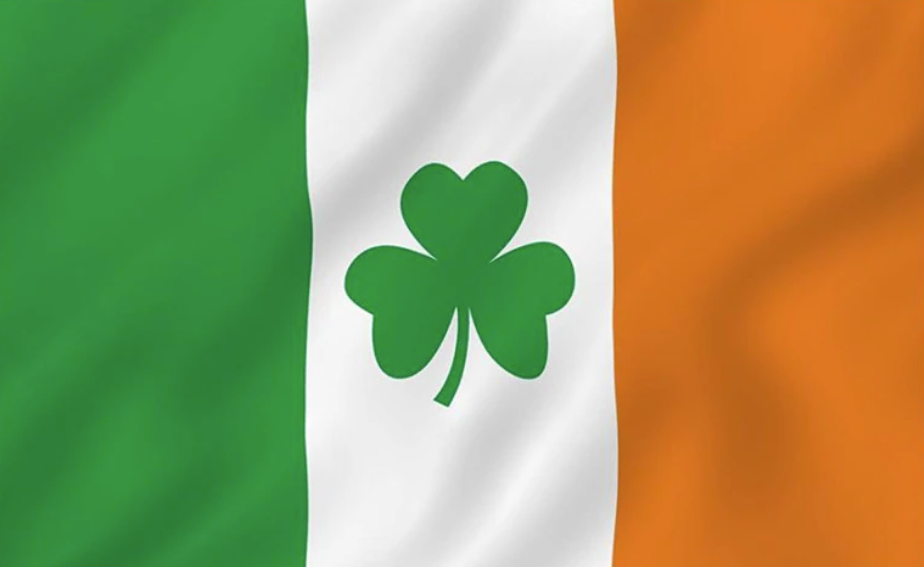




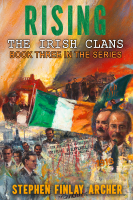

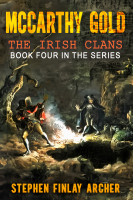

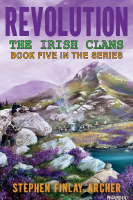

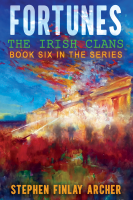

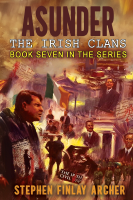

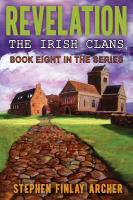

The First Desmond Rebellion – Irish to the Core Weekly Blog 40
In previous blogs I have discussed the McCarthy and O’Donnell Clans history leading up to the pivotal Battle of Kinsale in 1602 where the English finally conquered the Irish Clans.
Now let’s take a step back in time to earlier in the 1500s when Britain occupied only Dublin and its local area called the Pale. Their stronghold was Dublin Castle. In 1542, Tudor King Henry VIII, determined to expand English control beyond the narrow band around Dublin, declared the Kingdom of Ireland with himself as King, rather than as, hitherto Lord of Ireland. He had succeeded in getting some Irish lords, e.g., the Butlers of Ormonde to swear allegiance to him via a process known as, ‘Surrender and Regrant’.
But the majority of Clan Chieftains, whether they were native Irish or ‘Old English’ were Catholic and lived under Brehon law. They did not want to accept the English and their laws as overlords. These ‘Old English’ families had been a part of the arrival of Norman Strongbow in the twelfth century and had become more Irish than their native Chieftains.
After Elizabeth I’s accession to the English throne in 1558, the Irish conflict assumed a religious dimension. There was no indigenous Protestant tradition in Ireland and those resisting the Crown, for whatever reason, often assumed the position of Catholic Crusaders against heresy.
The First Desmond Rebellion of 1569-73 started with a feud between the Geraldines of Desmond and Butler Earl of Ormonde. Bess summoned them to London and sided with Butler, placing Earl Gerald in jail. This was the first time Britain had interceded in Irish Chieftain squabbles. In 1569, James Fitzmaurice, Captain General of the Geraldine army took up the fight against the English who saw an opportunity to conquer South-western Ireland.
Fitzmaurice was joined by the Clans MacCarthy Mor, O’Sullivan Beare and O’Keefe and eventually gallowglass soldiers from the MacSweeney Clan, a sept of the O’Donnell Clan. Thery successfully attacked the British at Kerrycurrihy and Ormonde’s forces at Kilkenny.
The British, led by the brutal Humphrey Gilbert with Butler’s support, responded swiftly with a scorched earth campaign. They indiscriminately killed men, woman and children and severed their heads, sticking them on posts along the roads to cause terror in the citizens.
So much for the Law of the Innocents agreed at the Synod of Birr in 697 CE, see weekly blog 34.
This did not deter Fitzmaurice whose forces captured the British stronghold of Kilmallock. In retaliation the British finally captured the most important Geraldine Castlemaine castle near Tralee after a protracted siege in 1572.
In 1573 Fitzmaurice submitted to Lord Deputy John Perrot, a negotiation that granted freedom for him and his people, as well as Earl Butler. This ended the first Desmond Rebellion, but it gave a warning of what was to come for the Irish people.
James fled to Catholic Europe in search of allies to fight the British.
Stephen’s novel series “The Irish Clans” can be purchased at https://amzn.to/3gQNbWi


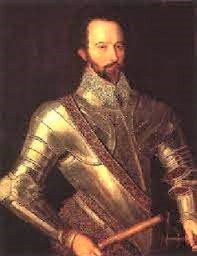
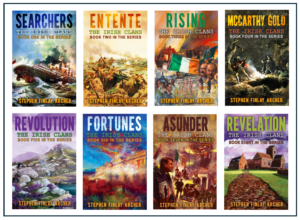
0 Comments